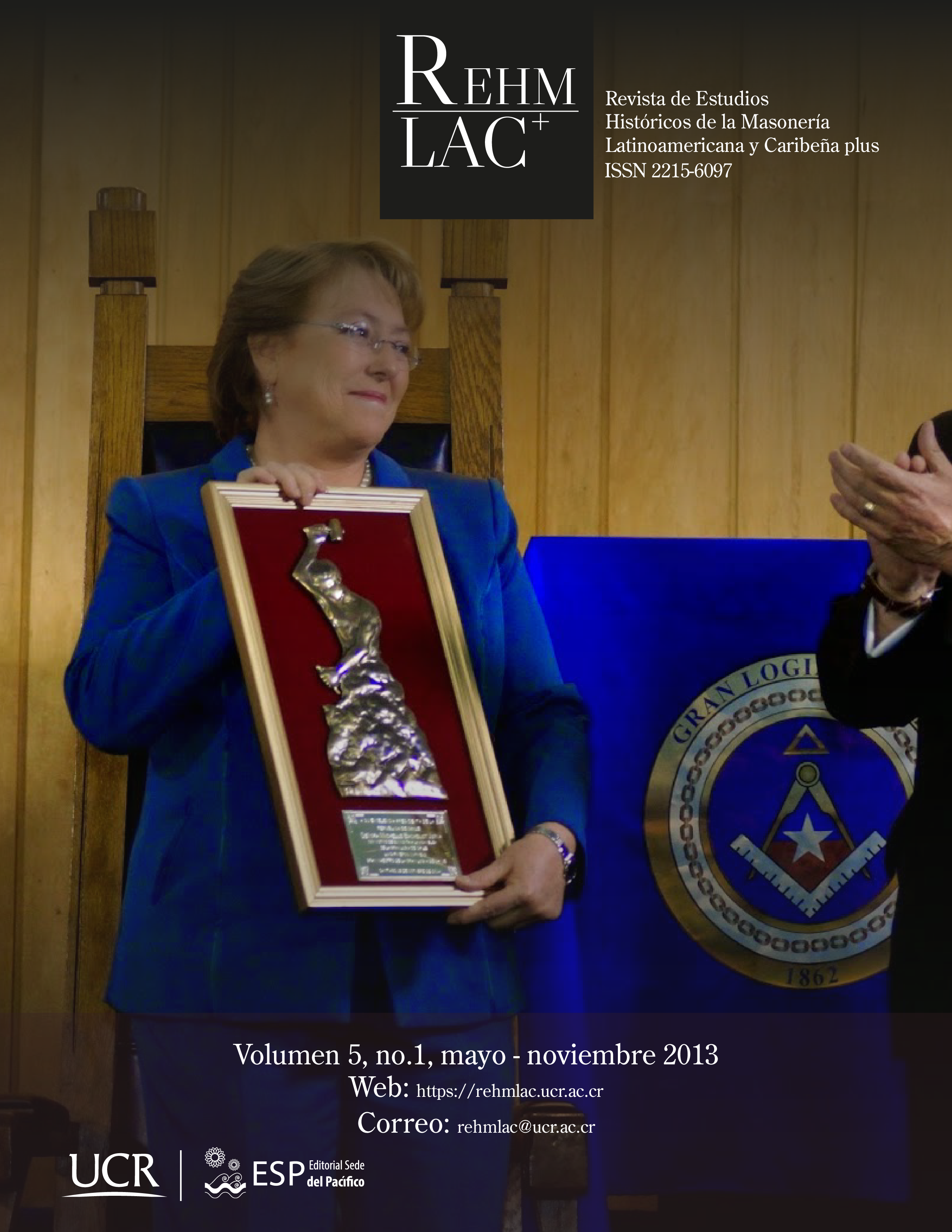Resumen
Freemasonry in the first few decades of the United States’ existence held a vaunted place in society. It represented the best of an ideal republican society’s values -liberty, morality, learning- with the most respected characters of merit filling its ranks. Yet by the 1840s Freemasonry had almost been driven to extinction. Though it eventually recouped its numbers, albeit as one of many ordinary fraternal organizations, the question of why and how the Antimasonic movement was so successful in bringing down the brotherhood that the likes of Benjamin Franklin and George Washington belonged to remained a pertinent one. In an attempt to answer this question I have consulted primary sources such as contemporary periodicals as well as secondary sources written by experts in the field. My investigations led me to conclude that powerful economic, social, political and religious changes in the early decades of the republic conspired to change the foundations of Freemasonry. The very definition of merit had been democratized and the old elite of what some thought of as a republican aristocracy, represented by Masonry, increasingly became targets of scorn. Ironically, it appears that Freemasonry’s extolling republican virtues helped the success of the Anti-masonic movement. Masonry’s Enlightenment-inspired idealization of liberty, virtue and civil society fitted well with the young republic and many of its members were helping to create it. The Anti-masonic movement, therefore, represented the continuation of Masonic ideals in a climate of increased democracy for the common man.
##plugins.facebook.comentarios##

Esta obra está bajo una licencia internacional Creative Commons Atribución-NoComercial-CompartirIgual 4.0.
Derechos de autor 2009 REHMLAC

